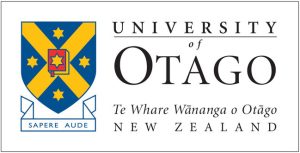Dilys Johns
Saturday 24.08.19 Session 7 Dilys John session on Wet conservation and impact on archaelogical study of waka

Wet Conservation and its Impact on the Archaeological Study of Waka
Less than a hundred years ago, the beaches of the world were littered with rotting runabouts, skiffs, punts and canoes, as fibreglass and aluminium replaced wood.
Then New Zealand was little different from British Columbia or Canton, except that another hundred years before that, another generation of boats was abandoned and often deliberately buried, part of a cycle itself hundreds of years old.
The Maori waka, in its range of purposes, sizes and hull forms, was put away as culture changed, as population moved or declined. Much of what we know now of the waka is learned from examinations of excavated examples.
Much of the technical detail of that body of research is derived from one laboratory: the internationally famed New Zealand National Conservation Laboratory for Wet Organic Archaeological Materials. Laboratory Director and Auckland University Research Fellow Dilys Johns explained the process of conservation of such large wooden objects in her presentation for the Voyaging Wananga.






